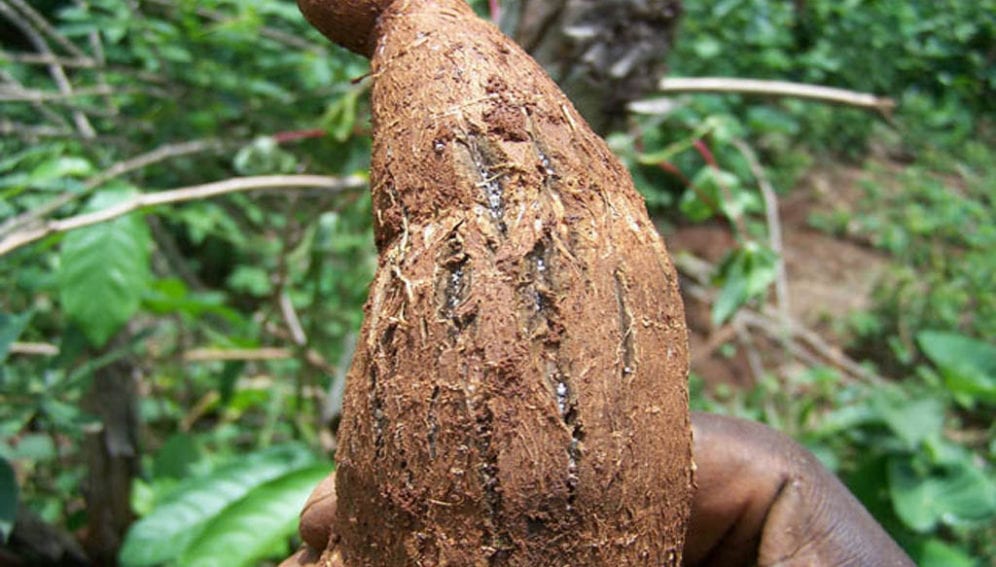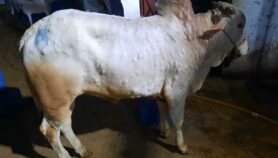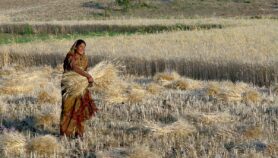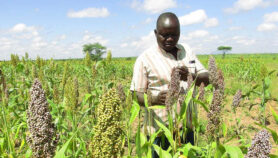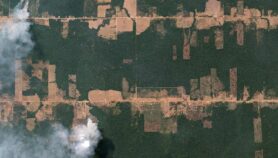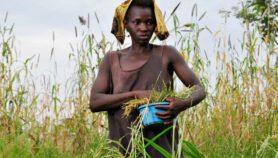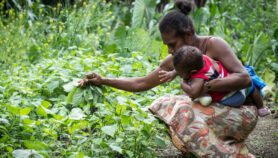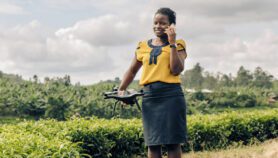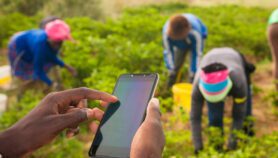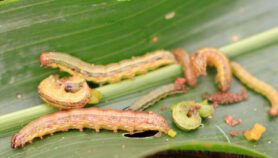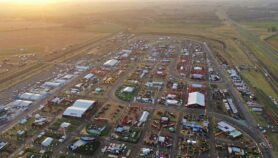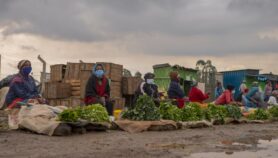发送to a friend
您在此页面上提供的详细信息将不会用于发送未经请求的电子邮件,也不会出售给第三方。请参阅隐私政策。
[坎帕拉]科学家已经确定genetic东非起源木薯品种中两种致命病毒疾病的抗性标志。
According to the scientists, the cassava varieties — Namikonga and Albert — which are genetically related through a West African cassava variety TME117 are preferred by farmers in Tanzania and have been cultivated indiseasehot spots within the country for decades.
“The identification of DNA markers that associate with the resistance to the most important cassava diseases establishes a base for marker-assisted breeding.”
Morag Ferguson
Cassava brown streak disease (CBSD) and cassava mosaic disease (CMD) devastate cassava production in Africa. Severe CBSD infections may cause yield losses of between 70 and 100 per cent and for CMD, the yield loss could be to 95 per cent, according to the International Institute of Tropical Agriculture (IITA).
CMD遍布整个非洲,而CBSD以前据报道是一种局限于东非沿海低地的低海拔疾病。预计将进一步扩展到西非。
“The identification of DNA markers that associate with the resistance to the most important cassava diseases establishes a base for marker-assisted breeding,” says Morag Ferguson, a co-author of thestudypublished in the journalTheoretical and Applied Geneticson 13 July.
“The use of markers in breeding increases the efficiency and accuracy of breeding. It allows accurate selection of offspring from a cross with the desired combination of genes for dual CBSD/CMD resistance,” adds Ferguson, a molecular breeder at the IITA, Kenya.
The scientists from Kenya, South Africa, Tanzania and the United States crossed the two local cassava varieties — CBSD-resistant Namikonga and CMB-resistant Albert — through hand pollination, resulting in offspring that have genetic markers resistant to the two deadly diseases. Whereas Namikonga is vulnerable to CMB, Albert is susceptible to CBSD.
Ferguson explains that the team planted the offspring during the 2013 and 2014 seasons in two areas of Tanzania known to be disease hotspots, and assessed their potential in being resistant to CBSD and CMB.
In a relatedstudypublished last month (29 August), a team of scientists including Ferguson found that the Namikonga variety has genes that limit the multiplication of the virus that causes CBSD, thus reducing disease progression.
根据最新研究研究报告,调查结果提供了行为的机会research以“为木薯育种者开发强大的生物标志物,以发展对CBSD持久性的最终目的”。
Ferguson tellsSciDev.Net这两种疾病的确定标记可以增加木薯种植的国家(例如尼日利亚),这是世界上最大的生产国。
Commenting on the earlier study, Harriet Muyinza, a senior research officer at the National Agricultural Research Organisation, Uganda, tellsSciDev.Net, “This is good news. These genes can also be shared across the region to improve local cassava breeds.“This can be improved with other characteristics such as yield, taste and resistance to other biological stress factors.”
This piece was produced by SciDev.Net’s Sub-Saharan Africa English desk.
参考
[1] Esther A. Masumba等QTL associated with resistance to cassava brown streak and cassava mosaic diseases in a bi-parental cross of two Tanzanian farmer varieties, Namikonga and Albert(Theoretical and Applied Genetics, 13 July 2017)
[2] Teddy Amuge and others木薯的时间序列转录组分析(Manihot esculentacrantz)乌干达木薯棕色条纹病毒挑战的品种(研究报告, 2017年8月29日)


